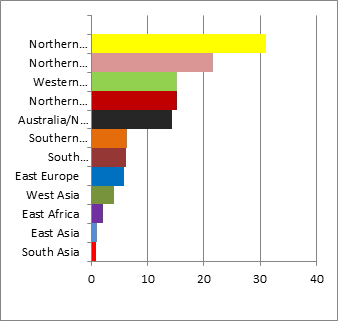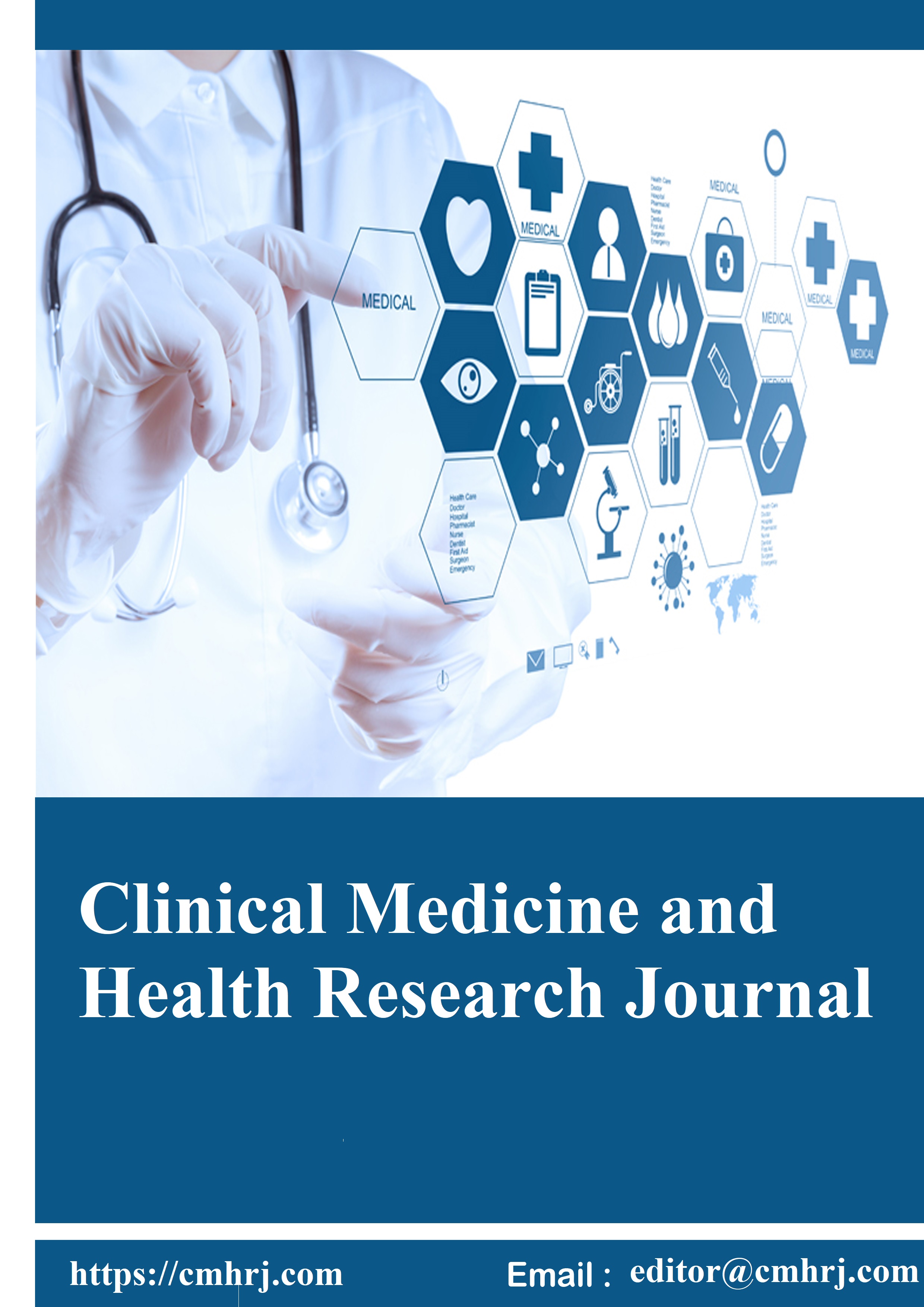An Overview of Major Clinical Predictive Factors and Prognostic Biomarkers of Diabetic Kidney Disease in Children and Adolescents
Clinical Medicine And Health Research Journal,
Vol. 3 No. 3 (2023),
9 May 2023
,
Page 392-408
https://doi.org/10.18535/cmhrj.v3i3.170
Abstract
The onset and progression of diabetic nephropathy represent a significant issue in diabetic management as it is the primary microvascular consequence of both type 1 and type 2 diabetes mellitus and a significant contributor to end stage renal disease-related mortality. Major risk factors for nephropathy in children and adolescents include hyperglycemia, HbA1c, diabetes duration, gender, blood pressure, dyslipidemia, uric acid, family history and genetic factors, smoking, puberty, and obesity. Metabolism and hemodynamic variables interact on a complex basis during disease development. A series of intricate molecular events take place in response to hyperglycemia, which disturbs the body's metabolic environment and causes glomerular enlargement, tubular inflammation, mesangial expansion, oxidative stress, and renal fibrosis. Fortunately, the main approaches for preventing the beginning and reducing the progression of diabetic kidney damage are rigorous glucose control and antihypertensive medications. As children and adolescents with T1D are at risk for developing early diabetic nephropathy, patients with T1D must have the best metabolic control, an early diagnosis, and timely treatment of dyslipidemia and hypertension. Prospects for better diabetic nephropathy outcomes are improving as novel approaches are developed. Novel biomarkers are increasingly proven to be more reliable instruments than the traditional microalbuminuria, which can forecast the development of disease. In addition to glomerular and tubular indicators, inflammation and oxidative stress markers have proven to be reliable diagnostic aids. In order to emphasize the methods being employed lately to enhance therapeutic approaches in diabetic nephropathy, certain emerging critical biomarkers are illustrated in this review.
- Diabetes, diabetic kidney disease, diabetic nephropathy, risk factors, biomarkers, microalbuminuria.

How to Cite
Download Citation
References
- Article Viewed: 0 Total Download


